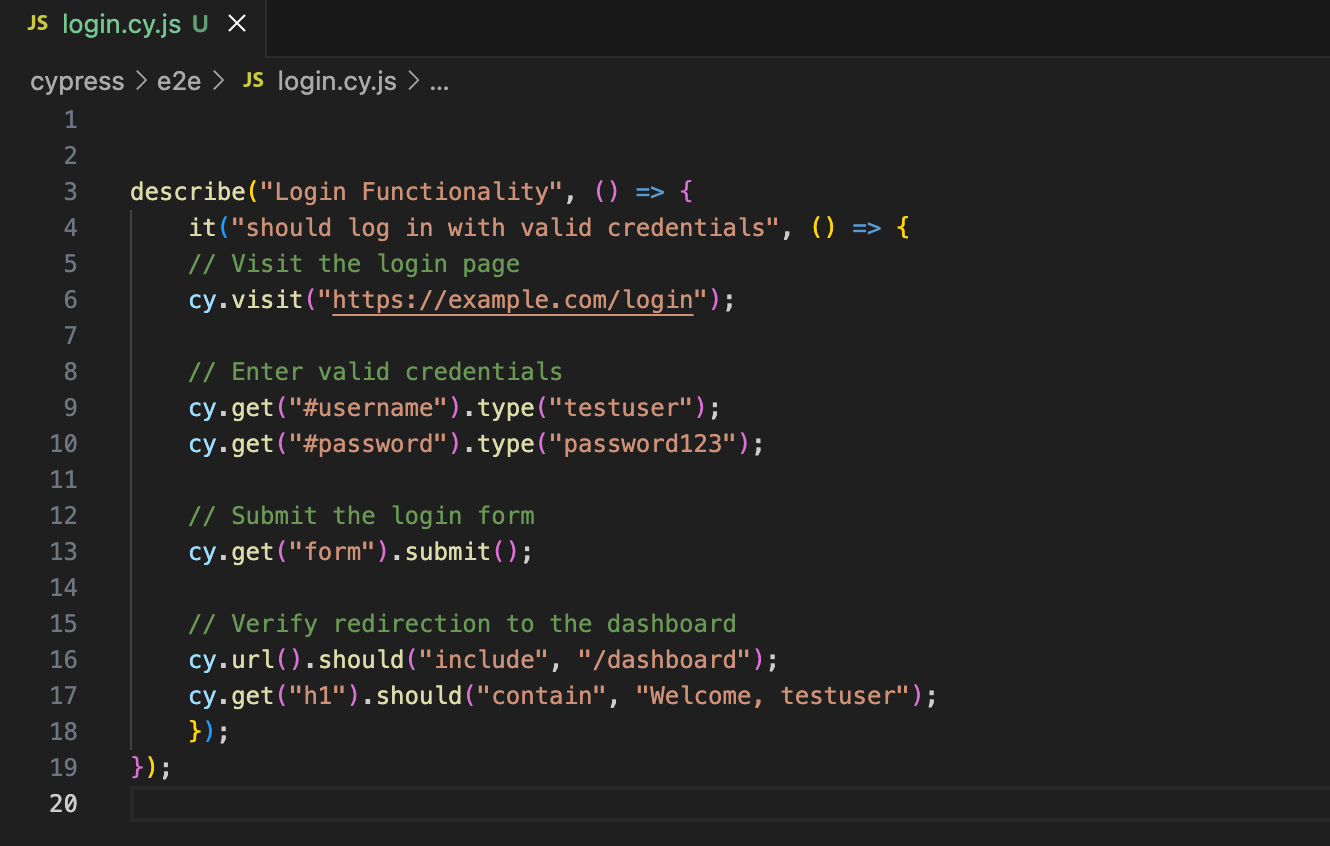Cypress is a powerful end-to-end testing framework for web applications. Its unique architecture sets it apart from other testing tools like Selenium, making it easier to write, debug, and execute tests. In this blog, we will delve into the details of Cypress architecture and explore how it functions with real-time examples.

Cypress Architecture Overview
Cypress architecture consists of several key components that work together seamlessly to provide a robust testing environment:
1. Node.js Server Process
2. Test Runner
3. Browser
4. Network Proxy
5. File System Access
6. API and Plugins
Node.js Server Process
Cypress operates a Node.js server process, which is the backbone of its architecture. This server handles the communication between the Cypress test runner and the browser. It also manages tasks such as reading and writing files, interacting with the operating system, and performing network operations.
Test Runner
The Cypress Test Runner is the interface where tests are executed. It provides a visual representation of the test execution process, displaying test results in real time. The Test Runner is responsible for:
– Running the test code
– Displaying the results
– Providing debugging tools
Browser
Cypress runs tests directly in the browser. Unlike Selenium, which drives the browser externally, Cypress runs within the same execution loop as the application. This means that Cypress can interact with the application more directly, providing more accurate and faster test results.
Network Proxy
Cypress includes a built-in network proxy that can intercept and modify network requests and responses. This allows Cypress to:
– Stub and mock network requests
– Modify response data
– Simulate network conditions
File System Access
Cypress has direct access to the file system, which allows it to read and write files during test execution. This is useful for tasks such as:
– Loading fixture data
– Storing screenshots and videos
– Logging test results
API and Plugins
Cypress provides a rich API for writing tests and interacting with the application. It also supports plugins that can extend its functionality. The plugin system allows developers to customize Cypress to meet their specific testing needs.
Real-Time Example: Testing a Login Functionality
Let’s explore how Cypress architecture works with a real-time example of testing a login functionality.
Step 1: Setting Up Cypress
First, we need to install Cypress and set up our testing environment:
bash
npm install cypress — save-dev
Once installed, we can open the Cypress Test Runner:
bash
npx cypress open
Step 2: Writing the Test
Next, we write a test to verify the login functionality. In our test, we will:
1. Visit the login page
2. Enter valid credentials
3. Submit the login form
4. Verify that the user is redirected to the dashboard
Here’s the test code:

Step 3: Running the Test
When we run this test, the Cypress Test Runner executes the code within the browser. Here’s what happens behind the scenes:
1. Node.js Server Process: The Node.js server process starts and initializes the test environment.
2. Test Runner: The Test Runner loads the test file and displays the test case.
3. Browser: The browser navigates to the login page and performs the actions specified in the test code.
4. Network Proxy: If there are any network requests, the network proxy intercepts them. For example, it might stub the login API response to simulate different scenarios.
5. File System Access: If the test involves reading or writing files, such as loading fixture data or saving screenshots, Cypress handles these operations seamlessly.
6. API and Plugins: The Cypress API is used to interact with the elements on the page, such as typing in the username and password fields and submitting the form.
Step 4: Debugging and Reporting
Cypress provides powerful debugging tools within the Test Runner. You can:
– Pause the test at any step
– Inspect the DOM
– View console logs
– Take screenshots and record videos of the test execution
These features make it easy to identify and resolve issues quickly.
Refefrence from
https://github.com/cypress-io/cypress-documentation/issues/872
https://docs.cypress.io/app/guides/cross-origin-testing?utm_source=chatgpt.com

Leave a Reply